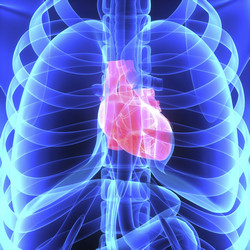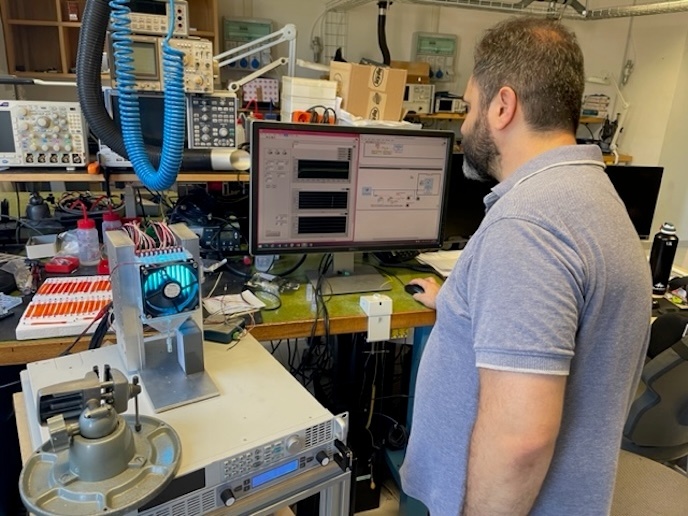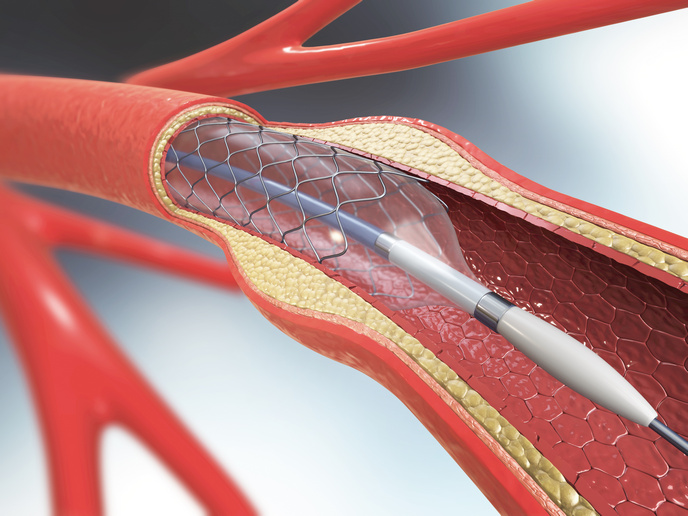Best prognostic modality for heart remodelling
Chronic heart ischaemia is a condition associated with an imbalance between the delivery and the consumption of oxygen by the heart. Often atherosclerotic plaques in the coronary arteries, which compromise normal myocardial perfusion, cause this. Ischaemic heart disease alters the morphological and functional remodelling of the heart and may ultimately lead to heart failure. Current therapeutic approaches include restoration of blood flow through mechanical dilatation of the affected coronary vessel or bypassing the stenosis with a vessel graft. Considering the associated procedural risks, it is necessary to non-invasively determine the indications for adverse morphologic remodelling or functional recovery of the heart. For this purpose, several tests are available including electrocardiogram (ECG), echocardiography, magnetic resonance imaging (MRI), computed tomography (CT) or single positron emission computed tomography (SPECT). However, there are no large-scale studies comparing the performance of these different methodologies. The EU-funded DOPPLER-CIP(opens in new window) (Determining optimal non-invasive parameters for the prediction of left ventricular morphologic and functional remodeling in chronic ischemic patients) project was designed to compare the different imaging parameters and modalities in terms of their prognostic power towards remodelling of the heart. The primary objective was to determine the optimal methodology that best predicts adverse alterations in cardiac morphology and function. In this context, the DOPPLER-CIP consortium conducted a multi-centre study across Europe of over 650 patients with suspicion of ongoing ischaemic heart disease. Imaging examination at recruitment and after a two-year follow-up provided important insight into cardiac remodelling in these patients. The generated data helped researchers determine the most prognostic baseline measurement. They concluded that the morphologic characteristics of the ventricle at baseline best predicted both morphologic and functional remodelling. Taken together, the findings of the DOPPLER-CIP project should contribute towards new guidelines for using non-invasive imaging for the prognosis of chronic ischaemic heart disease. Long term, this will promptly disclose heart dysfunction and facilitate diagnostic decisions that are tailored to the patient.







